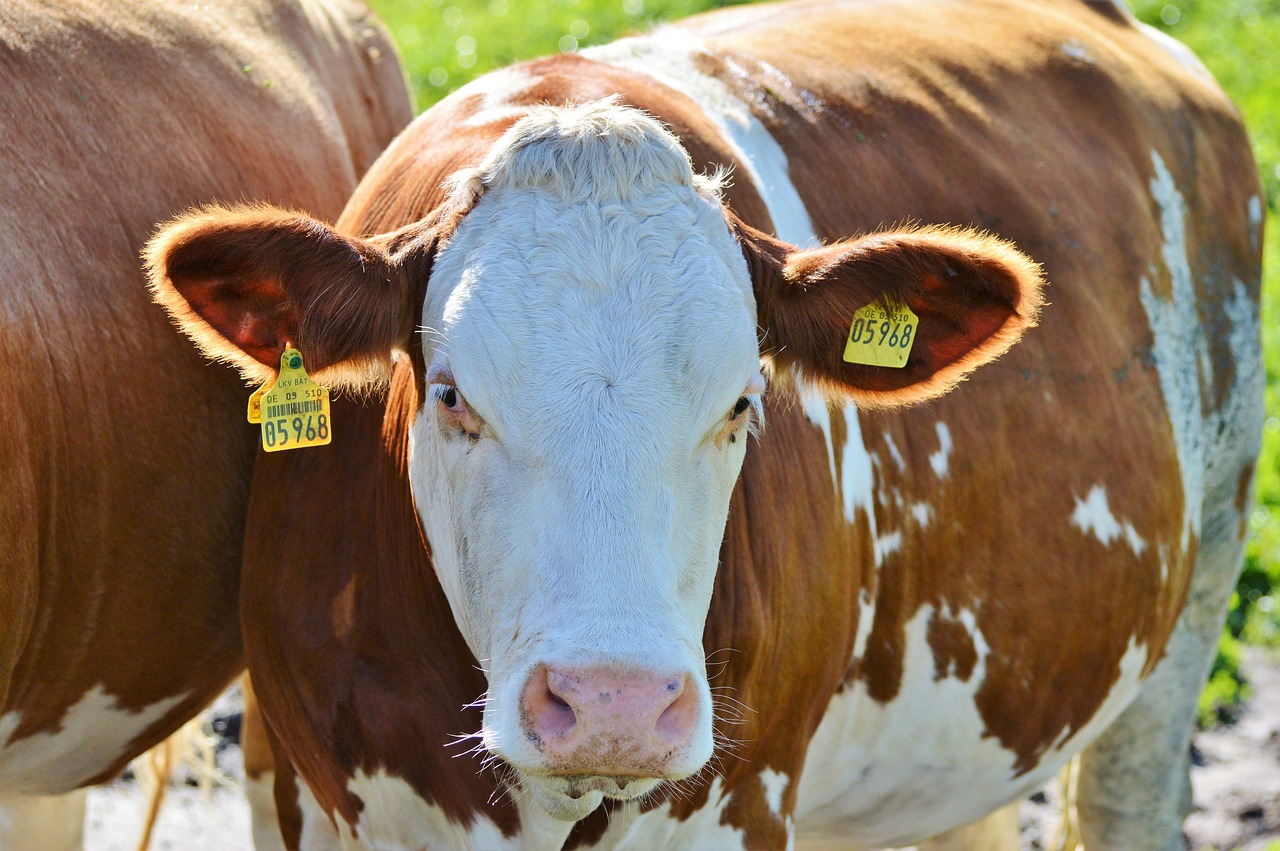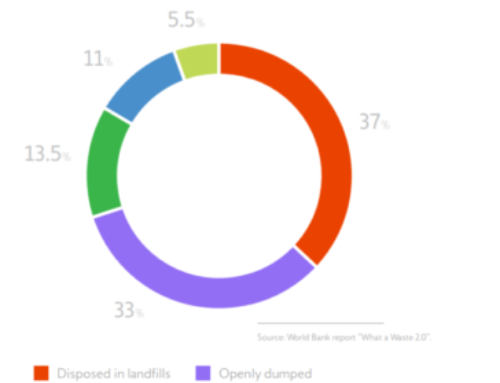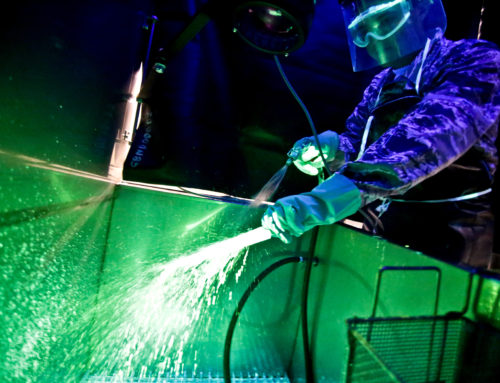For over fifty years, livestock handlers have used ultrasonic technology to measure the body compositions of live cattle. The non-invasive technique, called real-time ultrasound technology, allows handlers to determine how much red meat they will harvest from live cattle before slaughter. Ultrasonic technicians measure the 12th-13th rib fat thickness, the rump fat thickness, the ribeye area, and the intramuscular fat percentage, which can be used to determine how much marbling will be present in the meat.
The data on body composition lends insight into whether or not an animal should be bred, as ultrasound carcass traits tend to be hereditary. Ultrasound carcass measurements are taken into consideration with other data like birthdate and weaning and yearling weight when breeding is under consideration. Owners look to the standards set by breed associations to determine the proper time to conduct an ultrasound scan on an animal.
A transducer, software, frame grabber, and an external video monitor are required to complete a real-time ultrasound scan. There are two methods of processing the ultrasound images. In some cases, the ultrasound technicians are the authority when evaluating the data, and they convey their results to the livestock owner directly. In other cases, a technician sends the images to a processing station where in-house analysts evaluate the images and send their findings to the owner. The accuracy of the data gathered from the ultrasound is heavily dependent on the technician’s skill level. Within the cattle industry, there are several certification programs available to aspiring ultrasound technicians that aim to create confident and competent workers in the field.







Leave A Comment